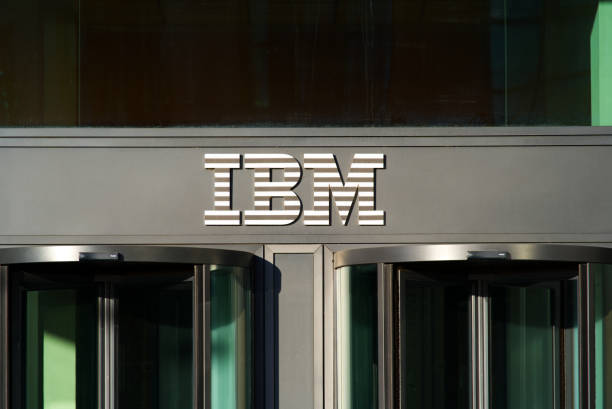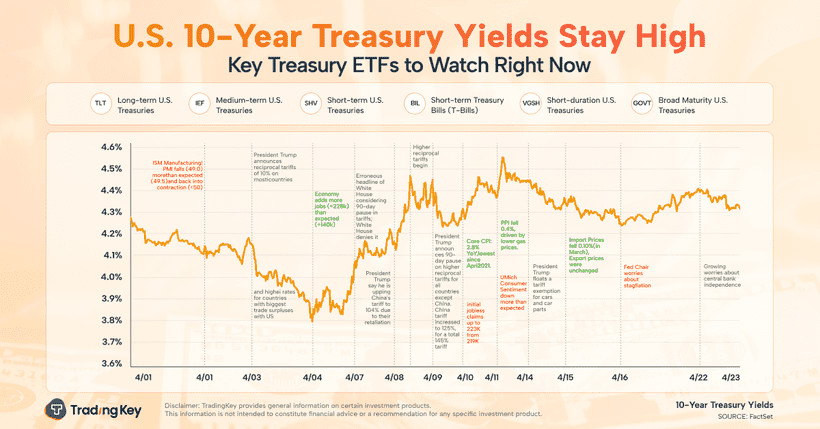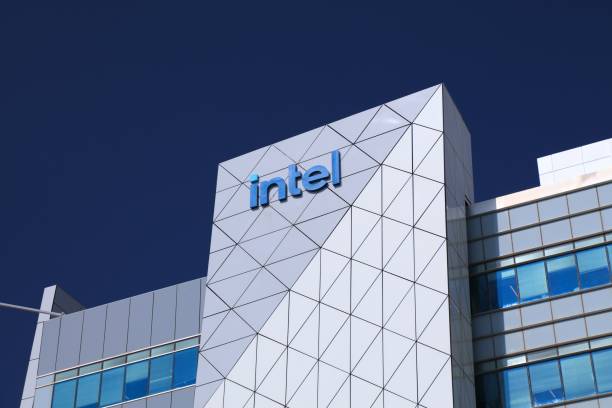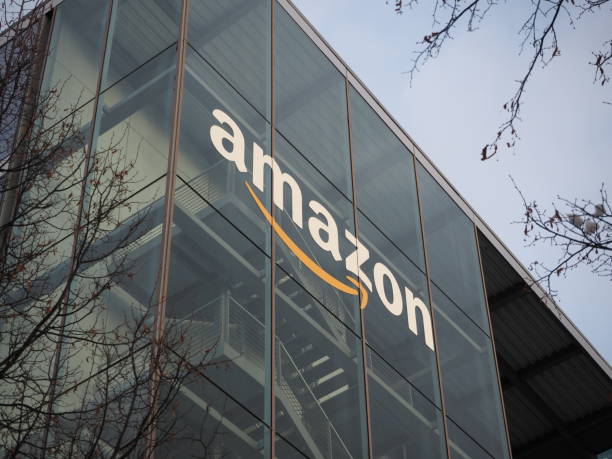Why Did IBM Stock Tumble After an Earnings Beat?


Shares of International Business Machines (NYSE: IBM) dropped like a rock on Thursday despite reporting first-quarter results Wednesday evening that beat analyst expectations across the board. Revenue of $14.5 billion was up 2% at constant-currency measures, and non-GAAP earnings per share came in at $1.60. While earnings did decline, analysts were expecting worse. On top of beating analyst estimates, IBM maintained its full-year guidance for revenue growth and free cash flow.
Despite a solid earnings report, IBM stock was down around 6.8% near market close on Thursday. Should investors buy the dip? Or was there a good reason for the sell-off?
Where to invest $1,000 right now? Our analyst team just revealed what they believe are the 10 best stocks to buy right now. Learn More »
Software strength and consulting weakness
The bulk of IBM's revenue now comes from software and consulting. While software carries far higher margins, the consulting business is critical for generating business across other parts of IBM.
IBM's software segment was the star of the show in the first quarter, with revenue up 9% year over year at constant currency. Annualized recurring revenue jumped 11% to $21.7 billion, and there was growth across all software categories. The Red Hat portfolio managed high-teens annual bookings growth, and automation revenue surged 15% year over year.
The consulting segment was less impressive. Revenue was flat at constant currency as IBM continued to face a client base hesitant to spend on discretionary projects . Generative AI bookings grew, albeit at a slower pace than in the fourth quarter. IBM's generative AI book of business, which is mostly consulting signings with some software as well, expanded by $1 billion to $6 billion.
One problem for IBM's consulting business is the impact of federal government spending cuts carried out by the Department of Government Efficiency (DOGE) effort. A few contracts were impacted by DOGE initiatives in the first quarter, particularly related to the U.S. Agency for International Development (USAID), which was in DOGE's crosshairs. The good news is that U.S. federal government customers account for less than 10% of the consulting business, and of IBM's annualized consulting backlog of more than $30 billion, less than $100 million has been cancelled. IBM's work with the federal government tends to be mission-critical, which could insulate it to a degree from further cuts.
A new mainframe is coming
IBM's infrastructure segment suffered a 4% revenue decline in the first quarter, with mainframe sales plunging 14%. However, it's important to remember that the current mainframe product cycle is nearing its end. IBM announced the new z17 mainframe earlier this month, with availability set for June.
When IBM launches a new mainframe system, client upgrades drive significant revenue growth for the mainframe business for at least a few quarters. As the product cycle matures, revenue eventually begins to decline again. While IBM's mainframe revenue sank in the first quarter, a spike in revenue is coming toward the end of the second quarter that will help propel mainframe revenue higher in 2025.
Is IBM stock a buy?
The launch of the z17 mainframe is likely one reason why IBM has maintained its full-year outlook despite multiple headwinds from DOGE and rising economic uncertainty. IBM continues to expect revenue growth at constant currency to exceed 5%, and free cash flow is still expected to come in at $13.5 billion.
IBM did get more cautious with its language, though. In a statement in the first-quarter report, IBM CEO Arvind Krishna was careful to qualify the company's outlook by saying that it's based on "what we know today." This injection of uncertainty in IBM's outlook could be one reason why the stock was slumping on Thursday.
IBM isn't immune from the economic chaos being caused by government cuts and unpredictable tariff policies. In the event of a recession, IBM's results will suffer to some degree. However, the company's global enterprise client base, with relationships often spanning decades, and the mission-critical nature of much of its work should provide some level of protection.
If the broader stock market tumbles, IBM stock will likely follow suit. But for long-term investors able to wait out the current era of uncertainty and volatility, IBM still looks like a solid bet.
Should you invest $1,000 in International Business Machines right now?
Before you buy stock in International Business Machines, consider this:
The Motley Fool Stock Advisor analyst team just identified what they believe are the 10 best stocks for investors to buy now… and International Business Machines wasn’t one of them. The 10 stocks that made the cut could produce monster returns in the coming years.
Consider when Netflix made this list on December 17, 2004... if you invested $1,000 at the time of our recommendation, you’d have $566,035!* Or when Nvidia made this list on April 15, 2005... if you invested $1,000 at the time of our recommendation, you’d have $629,519!*
Now, it’s worth noting Stock Advisor’s total average return is 829% — a market-crushing outperformance compared to 155% for the S&P 500. Don’t miss out on the latest top 10 list, available when you join Stock Advisor.
*Stock Advisor returns as of April 21, 2025
Timothy Green has positions in International Business Machines. The Motley Fool has positions in and recommends International Business Machines. The Motley Fool has a disclosure policy.




